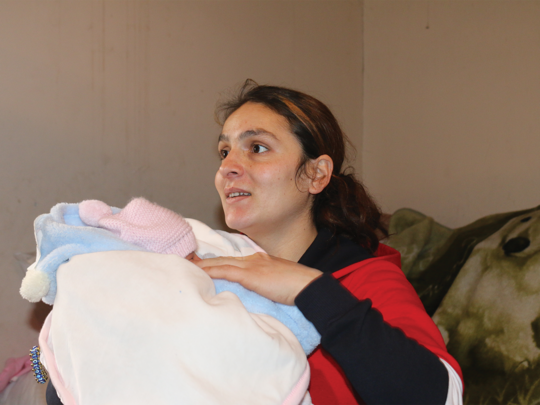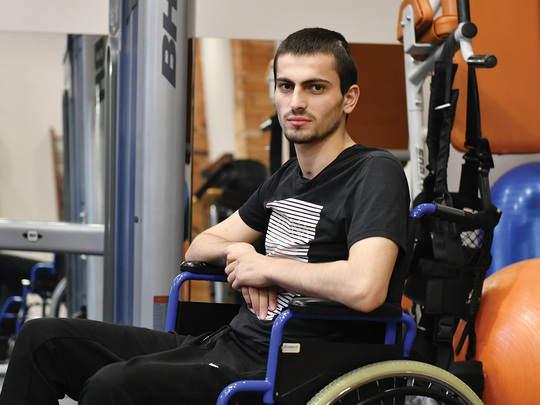
Master Physician
Mekhitar Heratsi (12th Century): A master physician who practiced in the Armenian Kingdom of Cilicia, Heratsi is considered the Father of Armenian Medicine. A native of Khoy in present-day Iran, he studied under St. Nerses Shnorhali and the Armenian Church encouraged his work. Heratsi purposefully wrote in the local vernacular, something rare in his time, so that it could be understood by all in his quest to promote scientific fact against the long-held superstitious beliefs surrounding medicine. He combined Armenian folk medicine with the best scholarly knowledge of the time in order to produce guidebooks to codify best medical practices. His best-known work is The Relief of Fevers, which contains familiar advice to us today such as the importance of quarantining sick patients to prevent disease spread, the psychological aspects involved in healing, and the importance of a proper diet. He was well ahead of his time with some of his ideas such as his opposition to bleeding the patient, as blood-letting continued to be widely practiced in western medicine through the 1800s. His name is still renowned today in Armenia as Yerevan State Medical University is named for him.
Medical Monasteries
Centuries of Known and Unknown Monks: From their earliest days, Armenian monasteries were far more than places for worship and religious instruction. Monasteries such as Gladzor and Tatev hosted universities which were centers of Armenian culture and learning. Medicine and related fields like pharmacology, botany, and anatomy were just some of the many subjects taught to clerical students. Besides conducting the research and scholarship, Armenian monks carefully recorded their findings in the monastery scriptoriums, as well as copied and preserved works from other civilizations. While Gospels and psalters might be the best-known products of these often anonymous scribes, parchments containing rare medical works from these monasteries also survive to this day and can be found in collections such as the Matenadaran Institute in Yerevan.
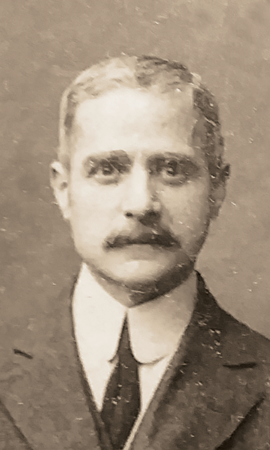
Angel of Mercy
Dr. Moses Housepian (1876-1952): After surviving the Hamidian Massacres of 1895, Housepian escaped to America where he graduated from medical school. When word reached him about the genocide, he organized a volunteer humanitarian mission back to his homeland. Tens of thousands of survivors who escaped into the region of modern-day Armenia were now without proper food or shelter and afflicted by an outbreak of typhus. The efforts of Housepian and his team saved many lives and was credited with curbing the epidemic, for which Housepian was known as the “Angel of Mercy” and “Dr. Prgich” (Savior). In later years he and his wife Makrouhie continued to be involved with charitable causes such as the AGBU. Their children followed in their footsteps, as son Edgar carried out humanitarian work in Armenia in the wake of the 1988 Earthquake, co-founding the Fund for Armenian Relief, and daughter Marjorie became a notable author whose work touched on her family’s history.
The Sultan’s Surgeon
Amirdovlat Amasiatsi (1425-1496): A prolific writer and medical scholar of 15th century Anatolia, his skill earned him the rank of physician and surgeon to the Ottoman Sultan. Though he was later exiled, this allowed him to continue his travels where he collected even more extensive knowledge and conducted studies, particularly on medicinal plants. An outbreak of the plague saw him recalled to the Ottoman Court for his expertise, and he was restored to his prominence as a celebrated doctor for the rest of his life. His numerous works, most notably “Useless to the Ignorant” details the uses and effects of numerous medicinal substances. Unique for its time, he synthesized Armenian medicine with the work of physicians from various cultures from ancient Greece to the Islamic world and built upon generations of knowledge. Amasiatsi’s efforts covered a vast spectrum of subjects, including anatomy, the role of organs, pharmacology, and even psychiatric illnesses.
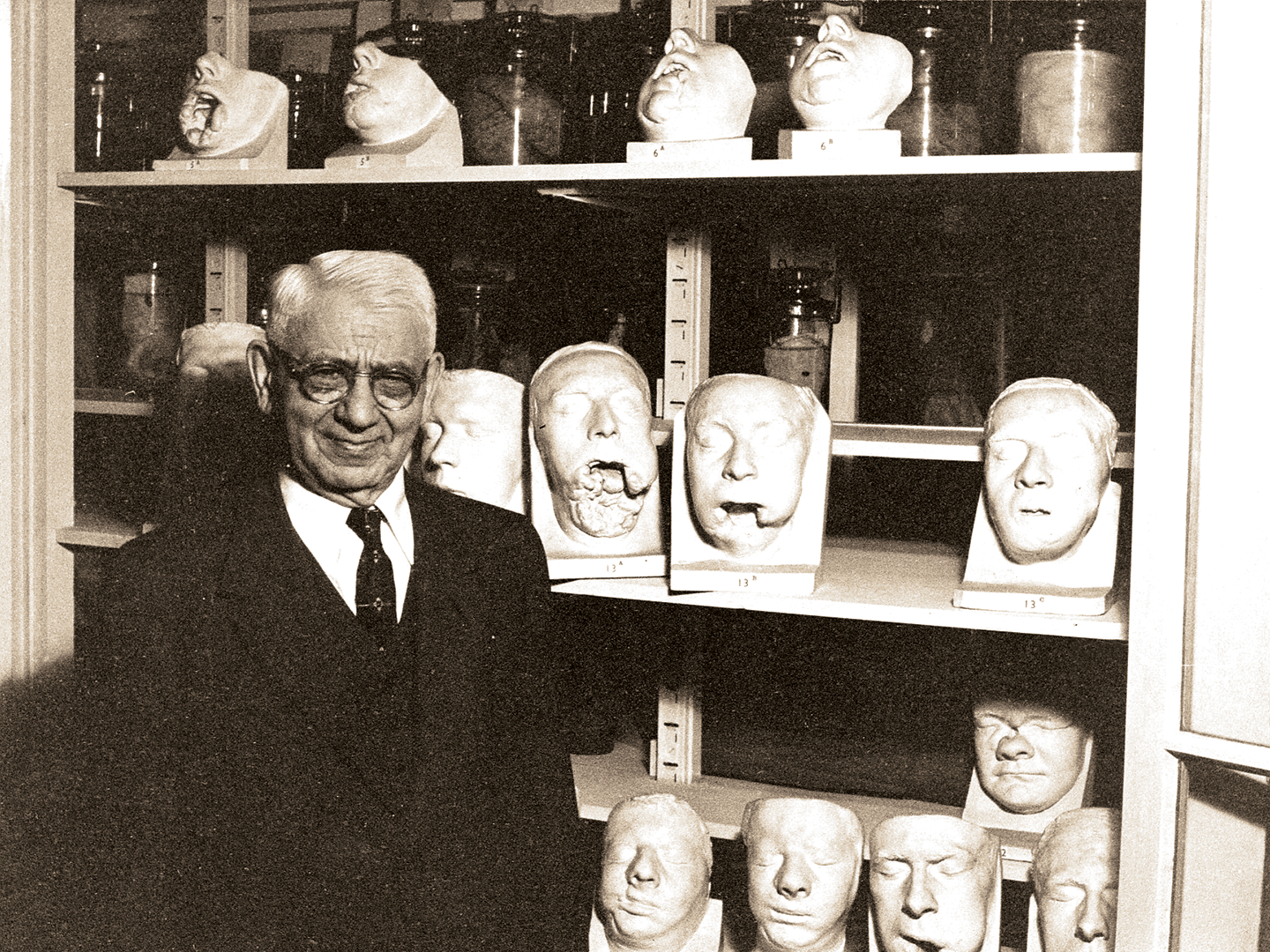
Miracle Man
Dr. Varaztad Kazanjian (1879-1974): The founder of plastic surgery, Kazanjian pioneered techniques as Harvard Medical School’s first professor of plastic surgery. A native of Erzincan, he fled during the Hamidian Massacres of 1895 and established himself in Massachusetts working in a wire factory until he was admitted to Harvard Dental School. He volunteered for Harvard’s Medical Corps during World War I, where despite the poor conditions in the trenches in which he worked, he was able to devise creative ways to restore the faces and jaws of severely wounded soldiers. He was honored by the British government for his service and earned the title “The Miracle Man of the Western Front,” also the title of his biography by Dr. Hagop Deranian. His experience in the war inspired him to continue studying the types of reconstructive surgery he practiced there and he authored over one hundred articles on the subject. He was also co-author of “The Surgical Treatment of Facial Injuries,” which became the primary text on the subject.

Martyr to Radiology
Dr. Mihran Kassabian (1870-1910): A pioneer of radiological studies, Dr. Kassabian was known as a “martyr to radiology.” As a young man he traveled to London and then Philadelphia to study medicine and developed an interest in photography. After service in the Spanish-American War, he completed medical school and merged his two interests into the burgeoning field of X-rays. Kassabian wrote textbooks that promoted their use in the medical context, made inventions that helped improve the body’s shape in the images which helped establish their use as evidence in the legal system. However, he also discovered his exposure to X-rays resulted in radiation burns to his hands. He tracked and photographed the progress of the damage to his hands, losing two fingers in the process. He was later diagnosed with skin cancer due to the injuries and passed away at just age 40. He left behind a legacy of study through suffering which revolutionized the medical field and saved countless lives ever since.
Army of One
Dr. Hampar Kelikian (1899-1983): A leader in the field of reconstructive surgery, Kelikian was a native of Hadjin who survived the genocide and escaped to the United States. He attended medical school and during World War II served as the chief orthopedic surgeon in a military hospital. As a memorial to his brother who was killed during the war, Kelikian never accepted payment from any serviceman who sought out his help in repairing their war wounds. His most famous patient was future Senator Bob Dole, who credited Dr. Kelikian with saving his right arm from amputation, and for helping him come to terms with his disability by providing a great deal of encouragement. Dr. Kelikian wrote multiple works on reconstructive limb surgery and maintained a busy schedule performing surgery well into his 80s. Just as he did with returned soldiers, he never charged an Armenian patient.
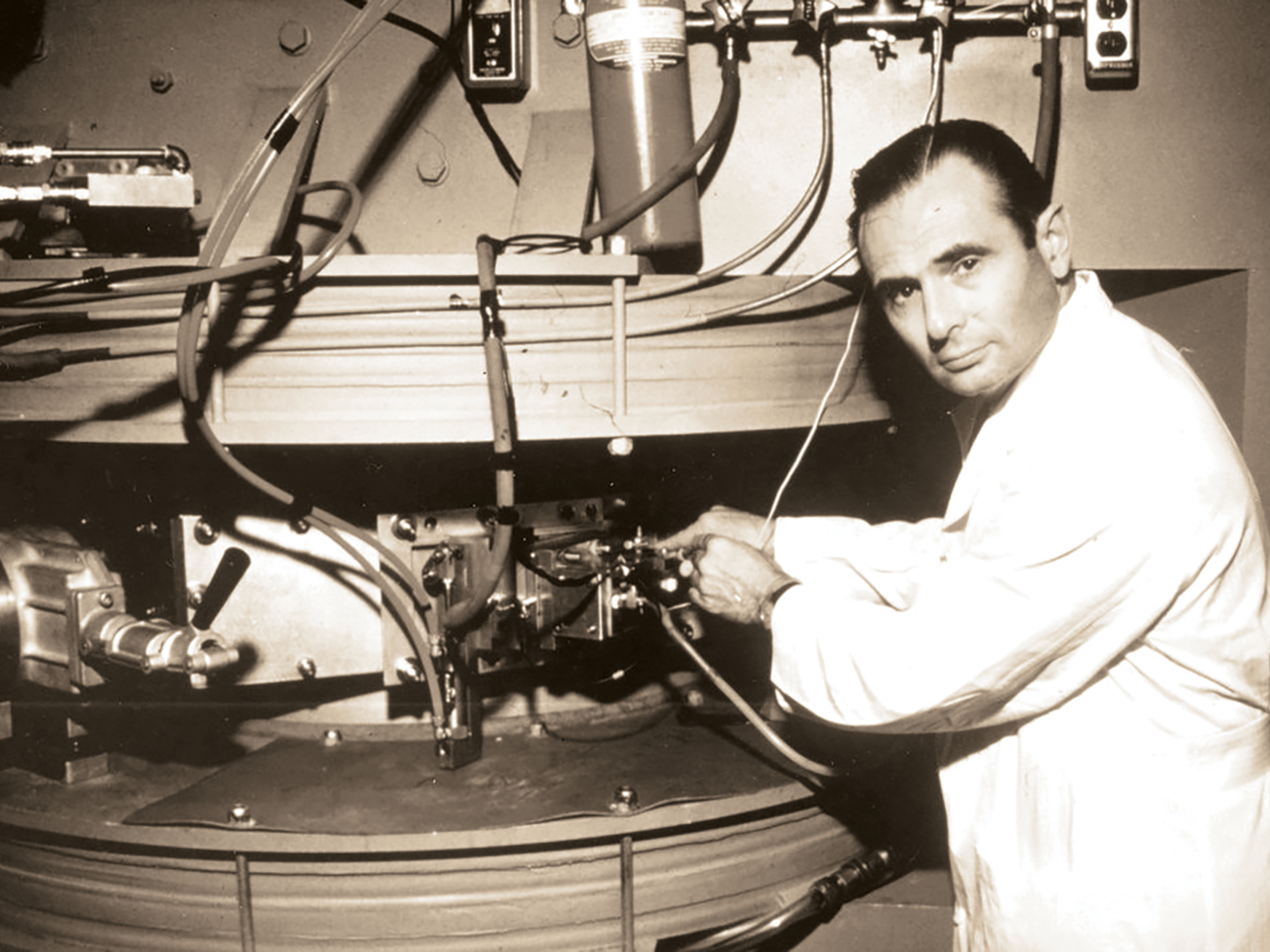
PET Project
Dr. Michel Ter-Pogossian (1925-1996): A pioneer of nuclear medicine known as the father of positron emission tomography (PET), a medical imaging technique often used in imaging tumors and searching for cancers. He trained under Madame Jolie Curie, daughter of Pierre and Marie. In addition to inventing the first PET scanner, he also developed a new type of gamma-ray positron camera, and his work turned positron imaging from an abstract concept into devices now used all over the world.
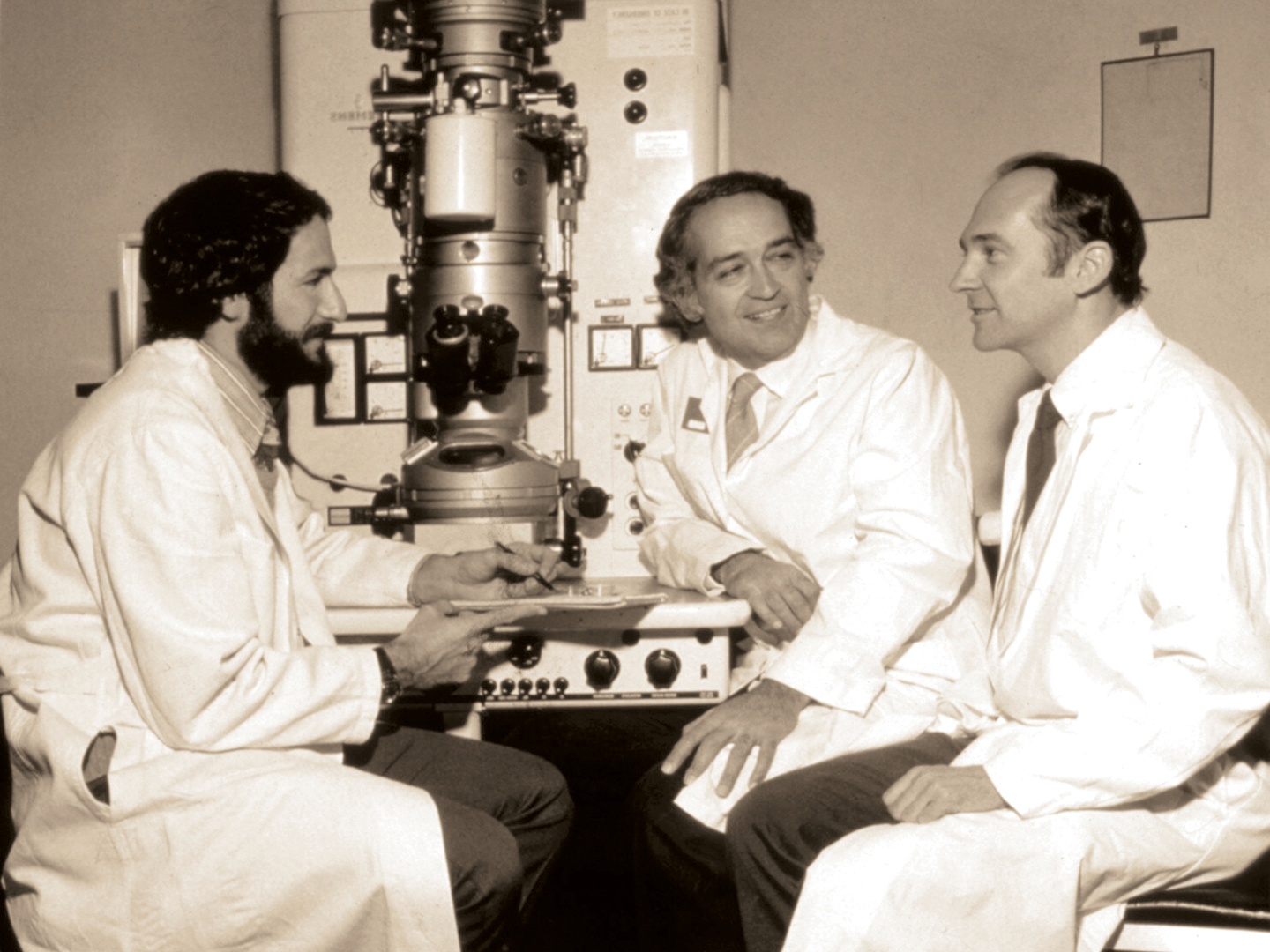
Riddance to Rotavirus
Dr. Albert Kapikian (1930-2014): Best known for his work in developing the first rotavirus vaccine, he is known as the father of human gastroenteritis virus research. At the time of his discovery, rotavirus caused millions of severe cases of gastroenteritis a year and is still responsible for a large percentage of childhood deaths in developing countries. He spent decades establishing global rotavirus vaccination campaigns that have already saved the lives of countless children.
Transplant Trailblazer
Dr. John Najarian (1927-2020): Passing up a career playing professional football to pursue medicine, Najarian was inspired by the first successful human organ transplant in 1954, and began studying under the very first surgeons to perform transplants in the United States. He became chairman of the department of surgery at the University of Minnesota in 1967, a program which became the first to perform successful pancreas and live liver transplants, and has trained many noted transplant surgeons. Although he was acquitted, his reputation was tainted by a dispute with the FDA over an anti-rejection drug he developed and marketed. Nevertheless, he continued his busy transplant schedule and in 2007 was honored by the University with the endowment of the Najarian Surgical Chair in Clinical Transplantation.
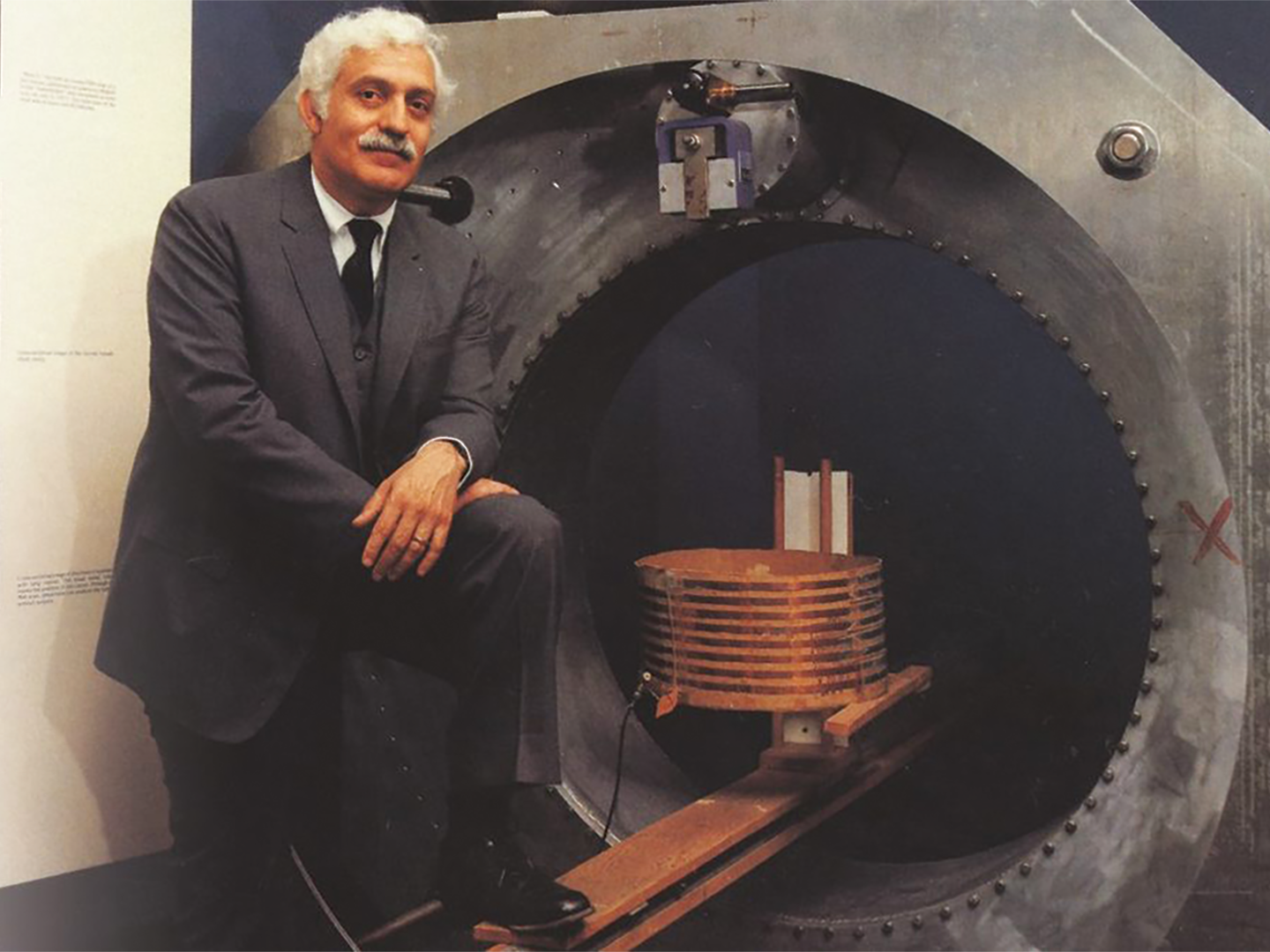
Magnetic Personality
Dr. Raymond Damadian (b. 1936): A noted physician who invented the first Magnetic Resonance Scanning machine, Damadian’s career began as a Julliard-trained violinist and tennis pro. His desire to cure cancer inspired him to choose a career in medicine instead. Recognizing the limitations of X-ray imaging, he discovered that radio waves could be used to measure atomic emissions without using radiation in order to identify tumors and damaged tissue. He incorporated this principle into his vision for a machine large enough to scan a human, which he successfully accomplished in 1977. The scanner has become a cornerstone of examining and detecting numerous ailments and has undoubtedly helped save countless lives. When the Nobel Prize for Medicine was awarded in 2003 to the discoverers of MRI technology, Damadian was controversially not included as a laureate. His original M.R.I. machine “Indomitable” is part of the collection at the Smithsonian Institution of American History.

Air Support
Dr. Arthur Bulbulian (1900-1996): A native of Kayseri who came to the United States in 1920, he was a groundbreaker in the field of facial prosthetics, most notably as co-creator of the BLB (Boothby, Lovelace, and Bulbulian) oxygen mask. While it was invented for the clinical setting, it came about at the advent of high-altitude flight and was found to be extremely useful for such purposes. His team at the Mayo Clinic Aero Medical Unit went on to invent the A-14 oxygen mask for the U.S. Air Force in 1941 used by fighter pilots in World War II. Dr. Bulbulian also served as the first director of the nation’s first medical museum, the Mayo Medical Museum, and designed numerous educational exhibits.
Addiction Prediction
Dr. Edward Khantzian (b. 1935): Considered a pioneer in understanding the psychology behind addiction at a time when those with substance abuse disorders were demonized as addicts, Khantzian encouraged a more sympathetic understanding of the affliction. His groundbreaking 1985 paper hypothesizing the theory of “self-medication,” proposing addictive behaviors stemmed from attempts to deal with the disturbing effects of trauma and psychological problems rather than moral failings. The term is now a household phrase and has shaped our perception of addiction and how to treat it.

Radical Researcher
Dr. Alex Sevanian (1946-2005): He was a research pioneer of free radicals, which are unstable atoms in the body that can damage cells, cause illness, and in abundance cause oxidative stress. His research explored the role this stress plays in cardiovascular disease and he identified a modified LDL cholesterol which contributes to atherosclerosis in humans.
The Eradicator
Dr. Daniel Stamboulian (b. 1938): Upon graduating from the University of Buenos Aires with an honors specialty in Pediatrics in 1962, Dr. Stamboulian continued his studies in infectious diseases at the University of Southern California. There, he discovered his passion for improving access to health care and moved back to Argentina to found the Pan-American Association of Infections Diseases (API), Fighting Infectious Diseases in Emerging Countries (FIDEC), and the Fundación Centro de Estudios Infectólogos (FUNCEI). Focusing on providing vaccinations and education to healthcare professionals and citizens, Dr. Stamboulian has brought his expertise to Armenia, starting a FIDEC branch in Yerevan.
Serotonin Rush
Dr. George Aghajanian (b. 1932): Beirut-born pioneer in neuropharmacology. Aghajanian was the first to record the single-cell activity of the types of neurotransmitters in the brain stimulated by chemical messengers such as serotonin and dopamine. This led to greater study of the effects of medication on these transmitters in order to assist with various psychiatric disorders as well as opiate withdrawal. Recent work from his lab into the promise of ketamine for the rapid treatment of acute depression has led to the development of a new class of anti-depressants.

Knight in Robotic Armor
Lord Ara Darzi (b. 1960): Born in Baghdad with ancestors from Erzurum, he moved to Ireland at age 17 to study medicine. He became a pioneer of minimally invasive and robot-assisted surgery in the United Kingdom and he also developed training methods for surgeons that allow them to practice using virtual reality. In recognition of his services to medicine and surgery, in 2002 he was appointed a Knight Commander of the British Empire (KBE) and in 2007 was created a Life Peer in the House of Lords, also serving in the government as a Health Minister.
Good Chemistry
Ara G. Hovanessian, PhD (b. 1948): While at the Pasteur Institute in Paris, and along with with world authority Dr. Montagnier, was the first to identify the chemical that blocks the HIV virus from entering a cell. The chemical also has an anti-cancer property with no side effects. In 1990, Hovanessian received the highly prestigious Milstein award bestowed upon a leading biomedical research scientist considered to have reached the pinnacle of success for outstanding contributions to interferon and cytokine research in the fight against HIV/AIDS.

Robin the Robot
Karen Kachikyan (b. 1994): Founder of Expper Technologies Karen Kachikyan’s groundbreaking Robin the Robot is the answer to many high-risk patients battling both illness and the loneliness of isolation in a hospital or health facility. Born in the pediatric center of Wigmore Clinic in Yerevan, Armenia, Robin was created to be an easily sterilized, friendly companion right out of a child’s imagination. With two large eyes, a stout plastic body, animated eyebrows and the uncanny ability to sense mood changes, gender neutral Robin can also explain surgeries in kid-friendly language, tell stories, and play interactive games, thereby reducing stress levels created by anxiety and isolation. Already roaming the pediatric halls of UCLA with other hospitals in the U.S. soon to follow, Robin is a showcase for how AI technology can heal the human spirit.
EMG Enthusiast
John Basmajian (1921-2008): Born in Istanbul but settled in Canada as a child, Basmajian was a pioneer in rehabilitation medicine of bio-feedback and electromyography (EMG), which monitors electrical activity that causes muscle contraction. He used this technology to train polio patients to regain muscle control functions they had lost. His biofeedback techniques are used today in many programs to help those suffering from neurological disorders. He was also renowned for his anatomical work and numerous publications, including the definitive text on biofeedback.

Winner on Wheels
Marilyn Koobatian Hamilton (b. 1949): After a hang gliding accident left the adventurous Hamilton a paraplegic, she realized the cumbersome nature of wheelchairs held her back. It inspired her to design the lightweight and adjustable “Quickie Wheelchair” with two fellow gliders which revolutionized the industry. They are particularly useful for para-athletes, including Hamilton herself, who won medals in wheelchair tennis and handicapped skiing.






